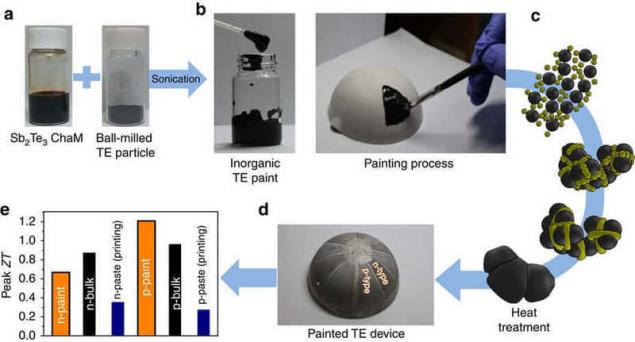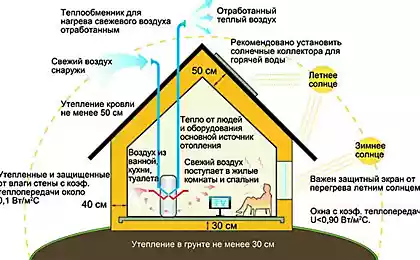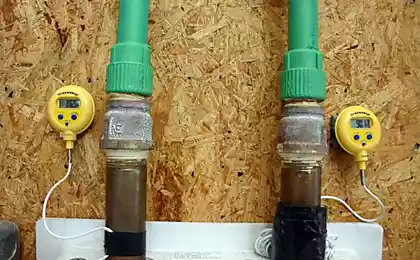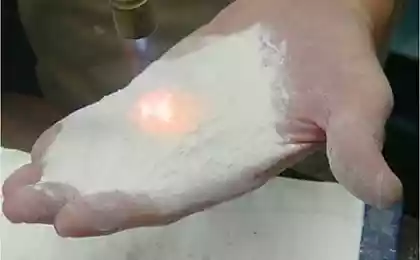419
Thermoelectric paint produces electricity from virtually any heat source
Thermoelectric generators produce electrical energy using a temperature difference. Typically, these semiconductor devices can be used to powerful plants to convert the waste heat to generate additional power or in a small cooling systems that do not require compressors or liquid coolant. However, the complex design of these devices generally restricts their use on flat, smooth surfaces. In order to exploit the capabilities of thermal generation scientists from the National Institute of science and technology Ulsan in Korea, has created a thermoelectric coating that can be applied on most surfaces.
The thermoelectric effect occurs in semiconductor devices, which create tension at different temperatures on two sides or on the contrary — when voltage is applied to the device, they create a temperature difference on its two sides.
The National Institute created a special inorganic-based paint Ві2Те3 (bismuth telluride) and Sb2Te3 (antimony-tellurium) particles to create two types of semiconductor material. To check the obtained reaction mixture, the researchers alternated layers of P-type (positive) and N-type (negative) paint on the metal dome, thus obtaining a helluva lot of time, which is applied in the usual brush and is suitable for use on any surface.

"Improving thus the integral thermoelectric modules, we have overcome restrictions on the form of thermoelectric modules and are now able to more efficiently use thermal energy," — said Professor song: "Thermoelectric systems of new generation can be used by anyone who wants to save money by using different production systems."
According to scientists, it is now possible to convert heat into electricity with the help of drawings of special paint on the external surfaces of buildings, on roofs, on the exteriors of cars and many other surfaces.
"Our thermoelectric material can work on any heat source, regardless of its form, type and size," said Professor song: "This is a new type of renewable generating power".
The results of this study were recently published in the journal Nature. published
Source: ecotechnology
The thermoelectric effect occurs in semiconductor devices, which create tension at different temperatures on two sides or on the contrary — when voltage is applied to the device, they create a temperature difference on its two sides.
The National Institute created a special inorganic-based paint Ві2Те3 (bismuth telluride) and Sb2Te3 (antimony-tellurium) particles to create two types of semiconductor material. To check the obtained reaction mixture, the researchers alternated layers of P-type (positive) and N-type (negative) paint on the metal dome, thus obtaining a helluva lot of time, which is applied in the usual brush and is suitable for use on any surface.

"Improving thus the integral thermoelectric modules, we have overcome restrictions on the form of thermoelectric modules and are now able to more efficiently use thermal energy," — said Professor song: "Thermoelectric systems of new generation can be used by anyone who wants to save money by using different production systems."
According to scientists, it is now possible to convert heat into electricity with the help of drawings of special paint on the external surfaces of buildings, on roofs, on the exteriors of cars and many other surfaces.
"Our thermoelectric material can work on any heat source, regardless of its form, type and size," said Professor song: "This is a new type of renewable generating power".
The results of this study were recently published in the journal Nature. published
Source: ecotechnology
Can the "impossible engine" to work for... dark matter?
Mashed cauliflower is a healthy alternative to the usual potatoes























